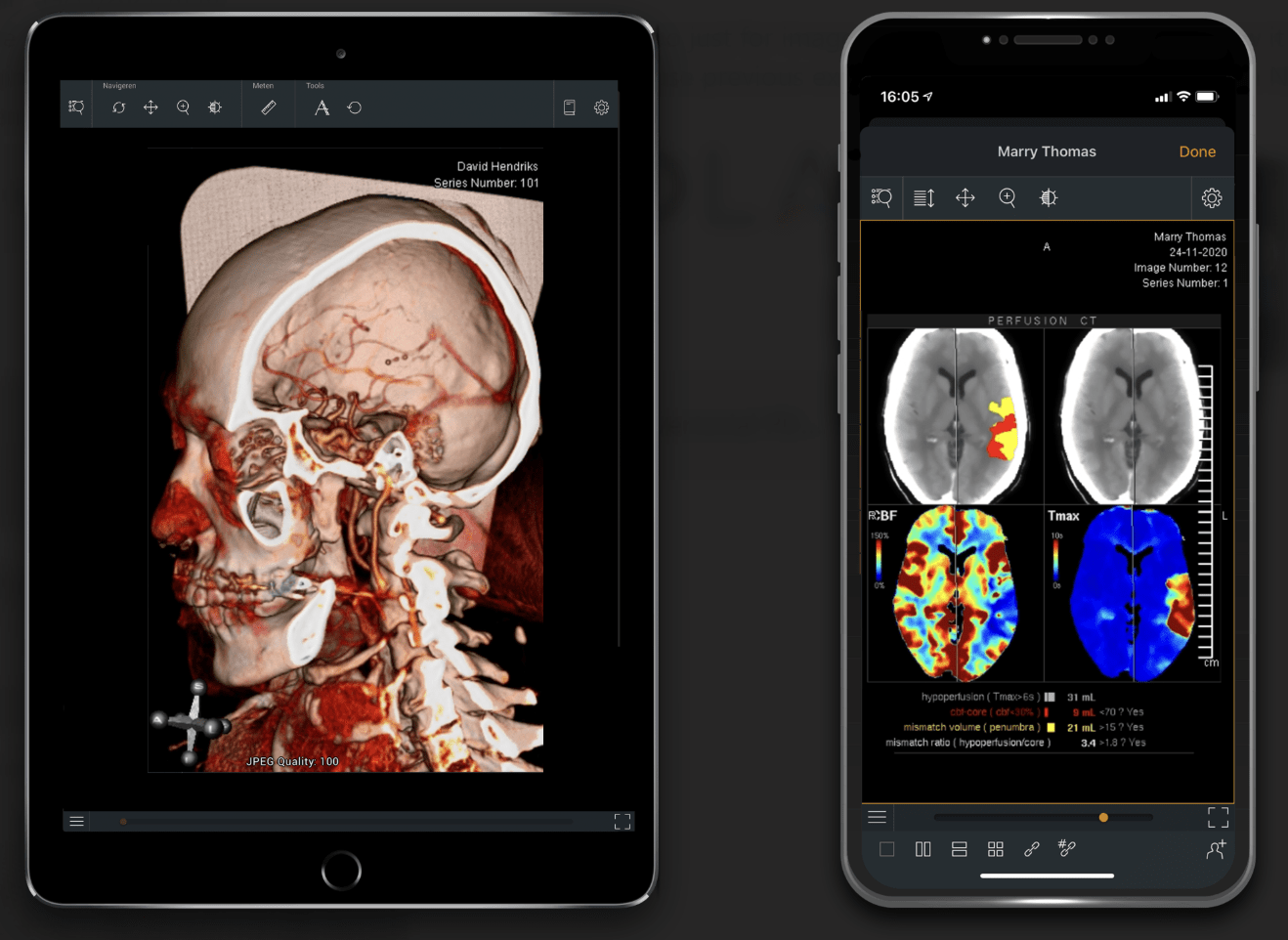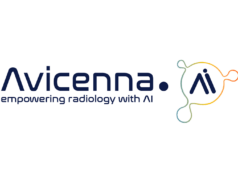This advertorial is sponsored by Nicolab.

In 2021, the Royal Infirmary of Edinburgh and networking hospitals are implementing StrokeViewer (Nicolab)—which is an artificial intelligence (AI) solution that helps physicians with the triage and diagnosis of stroke patients. Jonathan Downer (University of Edinburgh, Edinburgh, UK) shares how new technologies like StrokeViewer are set to transform care across his network.
When it comes to stroke, every second counts. Efficient triage and quick decision-making are vital to save as much viable brain tissue as possible. Based on current figures and National Health Service (NHS) projections, the stroke care system in Scotland in the UK is suboptimal.1 At least in part due to an insufficient workforce of trained radiologists available 24/7 in referring hospitals, stroke patients may experience up to four-hour delays before their scans are read and appropriate treatments start.
In the first half of 2020 in Edinburgh, no mechanical thrombectomies were performed. This was due to a lack of resource provision. However, the NHS long-term plan advocates for an expansion of mechanical thrombectomy from 1% of stroke patients currently receiving the treatment in the UK to 10%, which will allow 1,600 more people to be independent after their stroke each year.2
Although funding allocated in the second half of 2021 has kickstarted the expansion of thrombectomy services in Edinburgh, there is still a long way to go to reach these targets. Bringing new and reliable AI technology into the clinical workflow helps speed up diagnosis, streamline communication, and securely centralise all patient data, which can then be accessed any time and any place. Implementing StrokeViewer across our NHS stroke network later this year is a vital step needed to optimise our stroke workflow to provide patients with adequate and timely care.
What is StrokeViewer?
StrokeViewer is a cloud-based, end-to-end clinical support solution that combines a broad portfolio of AI algorithms and a unique platform supporting fast image exchange between hospitals and stroke physicians, driving informed decision-making when time is most critical. Once implemented into a hospital system, all stroke patient computed tomography (CT) scans are automatically pushed to a secure cloud environment where the scans are analysed by powerful AI algorithms.

Every stroke patient deserves adequate access to care, regardless of their background and geographic location. When it comes to stroke, fast diagnosis and the right treatment decision are vital for the best patient outcome—no matter what time of day. Currently, in Scotland, we often do not have the human resources to provide timely access to care. There has been a lot of difficulties recruiting and retaining radiologists, and an even shorter supply of specialist neuroradiologists.
With the implementation of StrokeViewer, experts can be notified of patient results within minutes following the acquisition of CT scans. Physicians can then review high-quality, AI enhanced scans and use a mobile DICOM viewer that is fully certified for clinical diagnosis. This platform is available any time of day on our mobile device, allowing us to diagnose patients remotely, including from out-of-hospital locations.
AI in the real world
As a neurointerventionist on call, it is my priority to know accurately and quickly if a patient will benefit from mechanical thrombectomy. StrokeViewer notifications will allow me to be on the front foot from the start, as I will be aware of thrombectomy candidates from across our network as soon as a scan is acquired rather than waiting for a referral. This has the potential to reduce significant time delays and to enhance teamwork and collaboration across the emergency stroke care network.
With StrokeViewer, I have access to AI-analysed stroke scans within minutes. I can also use the certified diagnostic viewer if I need a closer look. This system allows me to make quick and accurate treatment decisions—all from my mobile. This saves a lot of time but also makes the process more efficient by bringing the entire team onto the same platform. And, most importantly, the patient can get the right treatment with minimal delay, which gives them a better prognosis.
In addition to diagnosis and triaging of patients, StrokeViewer also has a 3D treatment planning view. This works by segmenting brain arteries and tissues in the certified viewer so that interventional neuroradiologists can plan for thrombectomy ahead of time. You can rotate the neurovascular structures and cut away tissue in the viewer to visualise the aortic arch and identify the most suitable kit for the procedure.
I believe technology deserves a place in the future of healthcare, in particular for emergencies like thrombectomy where time is so critical. It can instill confidence in team members with less experience, overcome limited staff numbers and ultimately improve the standard of care, giving someone a better chance of returning to a normal life.
References:
1. https://www.strokeaudit.scot.nhs.uk/Publications/docs/2020-09-01-SSIP-Report.pdf
2. https://www.longtermplan.nhs.uk/online-version/chapter-3-further-progress-on-care-quality-and-outcomes/better-care-for-major-health-conditions/stroke-care/#ref
Jonathan Downer is a consultant neurointerventionist and honorary clinical senior lecturer at the University of Edinburgh, Edinburgh, UK. His interests are in imaging and minimally invasive neurological therapy for neurovascular disease, stroke, subarachnoid haemorrhage, intracranial aneurysms, arteriovenous malformations, and dural arteriovenous fistulas of the brain and spine.










